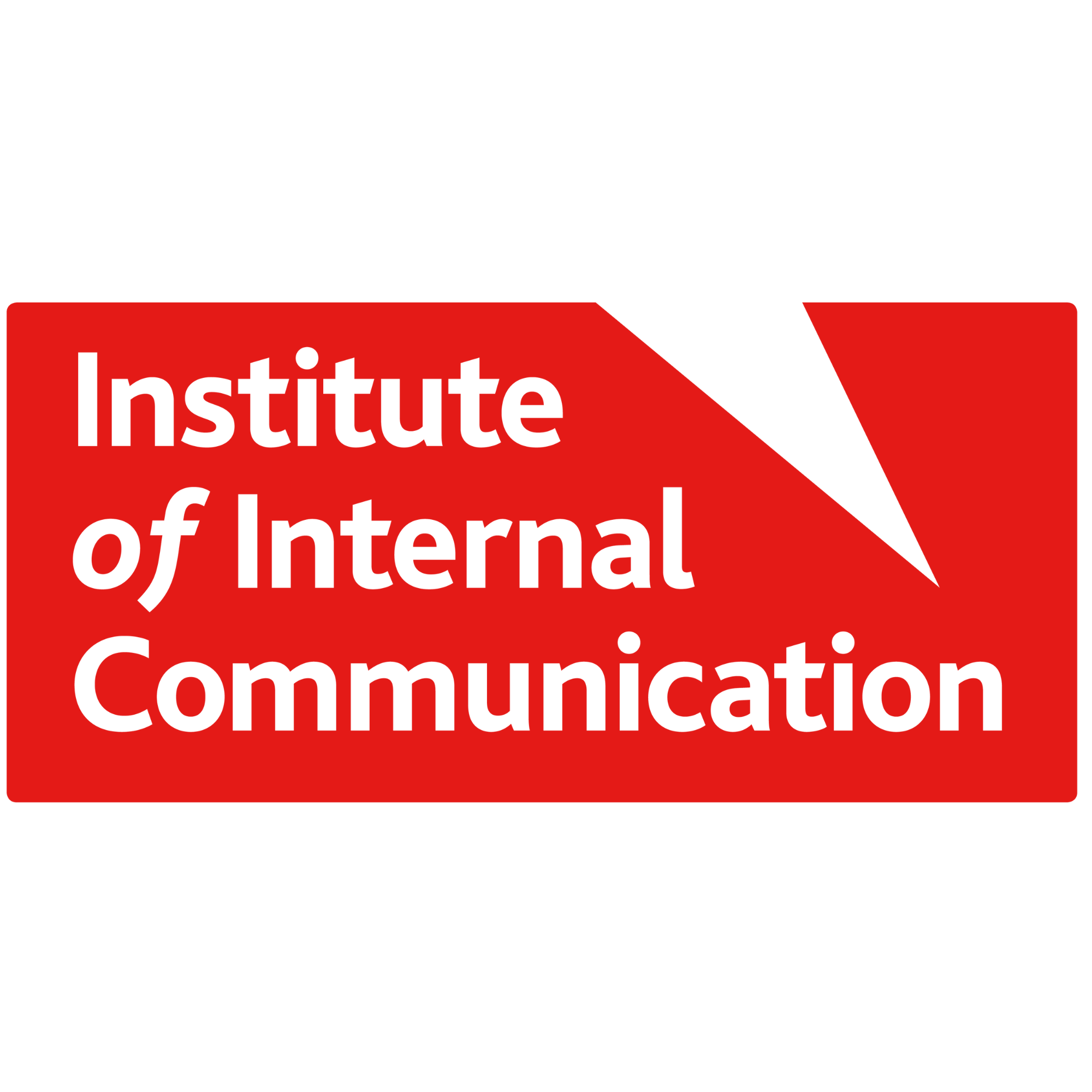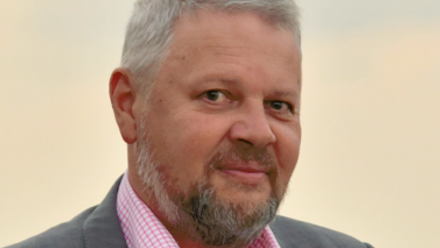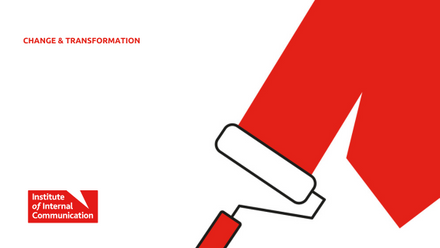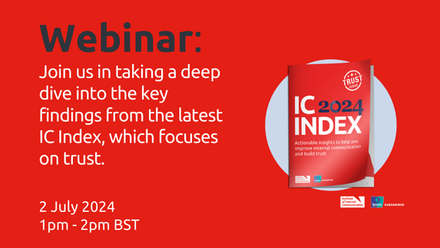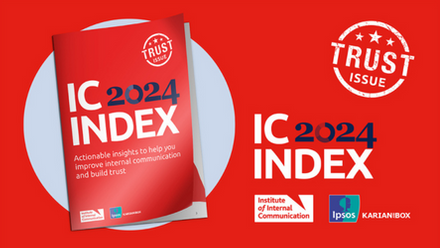Ten Fellows came together on 1 October for this month’s Fellows Knowledge Circle, facilitated by Suzanne Peck IoIC President Emeritus and Chair of Fellowship Board, to explore how internal communicators are becoming true change leaders.
Comprising a mix of in-house senior practitioners and consultants with great experience and advice to share, the central theme of the discussion was how constant organisational change is creating the need for IC professionals to be more knowledgeable and influential as change leaders. This involves building resilience, agility, and change readiness through strategic communication, moving beyond reactive comms to proactive culture and mindset shaping, and IC’s role in transformation and organisational renewal.
These were the key themes and insights that emerged:
As organisations face continuous transformation, the discussion focused on how IC professionals are stepping up to build resilience, agility and change readiness — moving beyond reactive communications to proactively shaping culture, mindset and trust.
1. How do we position the role of change leader into the IC function?
- Change leadership shouldn't be artificially positioned within internal comms - it’s what we already do and is intrinsic to the role. Internal communicators are natural change leaders
- We have to be credible and relevant. Change communicators often focus on how to communicate change, on what's happening and when it's happening, when we need to be thinking more about how we help leaders to communicate in a way that drives behavioural change, that supports and creates a changeable culture where people feel open to change. For younger communicators coming into these roles, this is a big area of opportunity and of development
- Communicators are often the most visible figures during change, acting as effective conduits between leadership and employees. We’re often in this privileged position where we get a rare 360-degree view of an organisation. Not many people outside of senior leadership have that
- Even without formal training in change management, internal communicators are already in a pivotal role in shaping change narratives and culture. However, role clarity between change comms and change management professionals is often lacking, which can lead to overlap or conflict.
2. What behaviours and skills does this require of us - for learning, habits and mindset shifts?
- Empathy and emotional intelligence: Understanding human behaviour is key to driving change
- Listening and insight gathering: Fundamentally, comms people need to be able to listen really, really well. Creating a culture of psychological safety, conducting regular employee listening, and use the insight this brings to inform change projects and to make the right comms decisions
- Strategic thinking: Communicators must focus on desired outcomes, not just tactics, and align messaging with strategic intent
- Knowing how to help leaders be really clear about the desired change and what's changing, why it's changing, making sure leaders are role modelling that change
- A questioning mindset, talking with leaders about if this is the right issue to be communicating, is it the right time and is this a decision that's going to land well with staff?
- Learning about the principles of change and change models. An ability to understand and, when necessary, to talk the language of business change along with full understanding of the operational picture. Operational change requires deeper understanding of business functions and language to be effective
- Courage and curiosity: Challenging leadership, asking tough questions, and being bold in shaping change conversations
- AI is helping communicators free up time from tactical tasks, allowing us to learn about new things and develop into better strategic advisors or trusted advisors.
3. What advice do you have on how IC can best contribute to - and be a catalyst for - the building of change-ready cultures?
- Take a moment to look back. Often it is the internal communicator who has the organisational memory, pausing, reflecting, getting people to think about what our people have experienced before, before we go into planning the new thing
- Shift the communication from informing, to involving people and inspiring them to believe in the change
- Know why change fails - research the principles and lessons of change and read case studies to help our organisations avoid pitfalls
- Create space for dialogue and conversation so that colleagues can share their questions, their concerns, their ideas, and respond meaningfully
- Humans make organisational change happen - lean into human nature
- Internal comms builds changeable cultures through everyday actions
- Be curious, bold, and proactive – ask questions, challenge, we have a lot to offer so don’t stay in your lane
- Help employees become part of the story, not just hear it
- Help leaders to lead and embody the change - they are the head of communications
- Focus on outcomes
- Once the change has completed, communicate the fact that it's finished, but also reflect on what worked, what didn't, what would we never do again, and what do we need to do before the next cycle of change comes?
The session reinforced that internal communicators are natural change leaders - shaping how people experience change, how cultures evolve, and how organisations move forward.
A big thank you to everyone who took part and contributed to such a rich and generous discussion.
